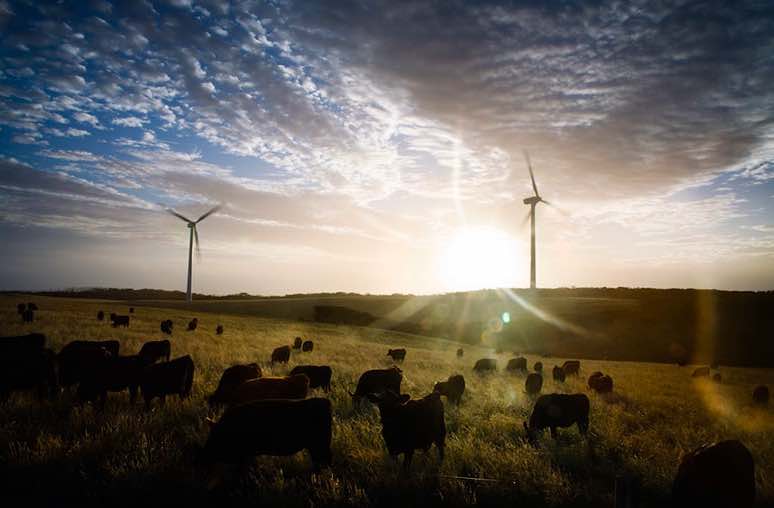The operator of Australia’s main grid is gearing up for what will be a world first – meeting 100 per cent of demand from renewables, almost all of it wind and solar.
That will be a landmark achievement for a grid of this size, and one which is not linked to other grid and features a uniquely elongated network running north to south along the east coast, with a detour to South Australia.
The Australian Energy Market Operator expects moments of “instantaneous” 100 per cent renewables to start occurring on multiple occasions from 2025 – the highest it has been to date is 61.8 per cent last November – and it is quickly gearing up its systems and know-how to ensure the grid remains stable when they do occur.
That will be some sort of milestone – particularly for a grid of this size, and one which is not linked to others and which features a uniquely elongated network running north to south along the east coast, with a detour to South Australia.
But the bigger question for many people is if and how quickly the Australian grid can shift to 100 per cent renewables – not just at multiple instances, but on an annual basis.
The latest Integrated System Plan released by AEMO this week paints some tantalising scenarios, with the scenario currently considered most likely – Step Change – reaching a share of renewables in the high 90 per cent in the early 2040s as the last coal generator exits the grid.
But in the Step Change scenario, considered the most likely by the majority of the 1,500 stakeholders consulted by AEMO over the past two years, the share of renewables never quite makes it to 100 per cent.
The reason, says AEMO chief executive Daniel Westerman, is that the cost of closing down the last few per cent of fossil fuel generation with renewables and storage is very high, and significantly more than the cost of transitioning the first 95 or 96 per cent.
“The cost difference between a net zero system and a zero zero system is quite staggering,” Westerman told RenewEconomy in an interview this week.
“What the modelling shows is that to eliminate that gas, (or hydrogen or biogas equivalents) and to get that capability in utility batteries is really expensive and really hard.”
To be clear, Westerman is in no doubt that wind and solar and storage, what he calls “firmed renewables”, is by far the cheapest way to get to a low carbon grid. And he says the current global energy crisis only amplifies the need and the urgency to make the switch.
It’s just that getting over the last few per cent has long been recognised as the most difficult part of the transition to 100 per cent renewables.
That’s mainly because of the costs of storage that would be required as contingency for those rate moments when there isn’t enough wind and solar generating or stored to meet demand.
That’s why AEMO’s roadmap still considers conventional style peaking generators in the system to fill in those critical gaps – which may also include the so-called “dunkelflaute”, the German word for seasonal lulls in wind an solar.
The Step Change plan envisages up to 10GW of peaking gas plants remaining in the system in 2050. They are unlikely to be used much, but that number has surprised many energy analysts.
Westerman says having peaking generators in the system does not necessarily mean using fossil gas. It is also quite likely that these generators will be using biogas or hydrogen. That, he says, marks the difference between “net zero”, and “zero zero”, which refers to zero carbon only generation.
According to the AEMO modelling, the one scenario that does envisage 100 per cent renewables is the Hydrogen Superpower scenario, which includes green hydrogen production not factored into the Step Change scenario.
This suggests that share of renewables is propelled rapidly to the high 90s per cent within a decade, as tens of gigawatts of new wind and solar are deployed to meet demand for green hydrogen and ammonia production for green steel and other green industries, and possibly green exports.
This scenario is already considered most likely by nearly one fifth of the 1,500 energy experts consulted by AEMO, but is expected to become the “most likely” by the majority of experts within a few years, as green hydrogen plans start to take shape.
In this hydrogen superpower scenario, Australia’s grid does make it to 100 per cent renewables in the early 2040s. That’s when any hydrogen generation used to fill those renewable energy droughts will be fed entirely by wind and solar.











